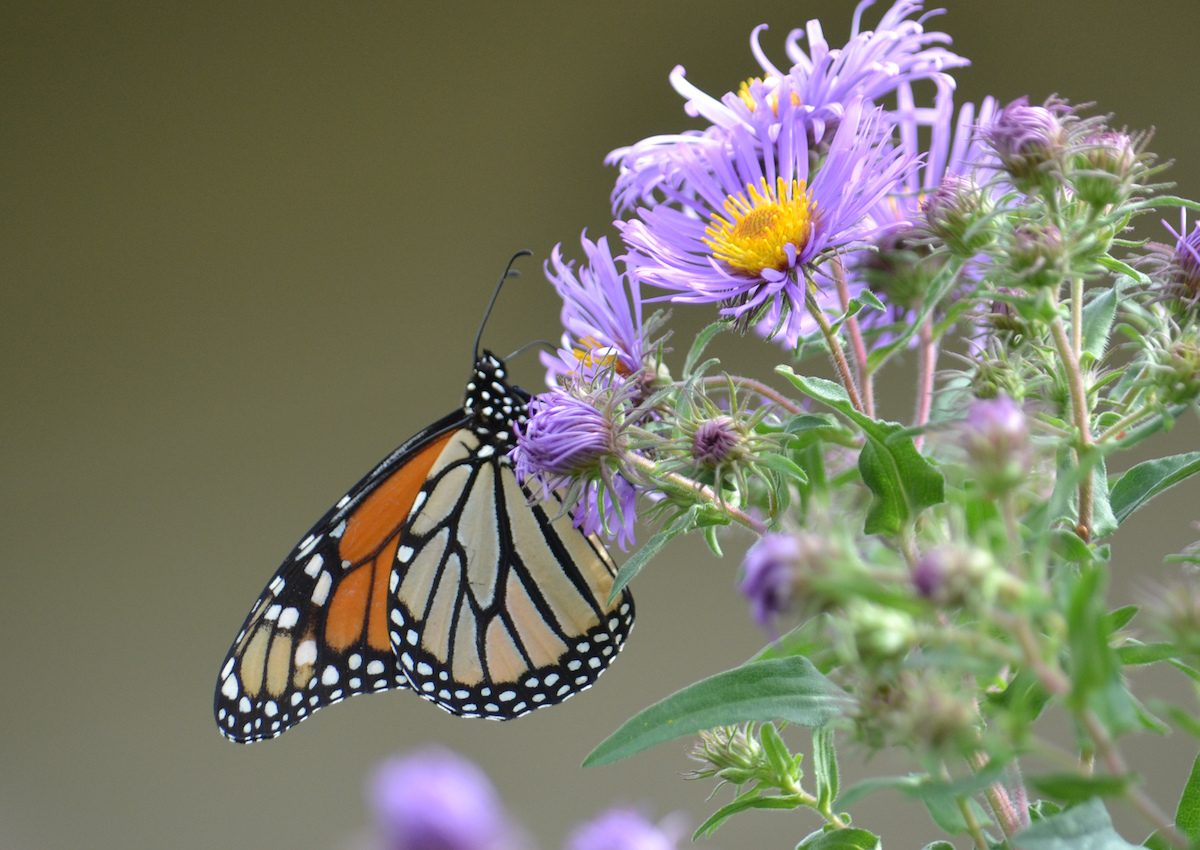A migration journey of a thousand miles (or more) starts with lots of monarch butterfly flowers. Grow these nectar flowers for monarchs.

Monarch Butterfly Flowers You Should Grow

On This Page
Support Migrating Monarchs

The journey of a migrating monarch is one of the most amazing stories on the planet. These fragile creatures travel thousands of miles from the eastern and central U.S. to the mountains of Mexico. Most butterflies live only a few weeks, but this “super-generation” of monarchs will survive up to nine months before returning north in the spring. Now is the time to make sure your butterfly garden includes the best monarch butterfly flowers, with a mix of milkweed and other nectar plants. In order to make this journey successfully, they need lots of fall blooms to support them along the way.
Learn fascinating monarch butterfly facts that you should know.
Create Monarch Butterfly Habitat

The ideal monarch habitat includes meadows, fields, marshes and pollinator gardens. These butterflies are seen across the U.S. and southern Canada, with eastern and western populations divided by the Rocky Mountains. They are also widespread in Mexico and parts of Central and South America.
In 2022, the International Union for Conservation of Nature listed migratory monarch butterflies as endangered. Grow regional milkweeds and nectar plants to give these butterflies a boost.
Plant Milkweed for Monarchs

Any garden for monarchs needs to include milkweed. These caterpillars exclusively feed on milkweed, and the flowers provide nectar for the adult butterflies. Look for off-white or faintly yellow colored monarch eggs on milkweed leaves.
Follow the stages of the monarch butterfly life cycle.
Choose Native Flowers for Monarch Butterflies

Native flowers are best, when possible. Seek out goldenrod, ironweed, or aster species that are native to your area. Many of these can be grown from seed, and there may even still be time to start some this year.
Liatris, also known as blazing star, has many varieties native to various areas around the country. Joe Pye weed (Eupatorium purpureum) is one of the best native fall nectar flowers, and can be grown throughout much of the migrating monarchs’ range. Native sedums and salvias are also excellent choices for monarch butterfly flowers.
Do monarch butterfly sightings have meaning?
More Nectar Plants for Monarch Butterflies

As long as they’re not invasive in your area, non-native fall nectar plants may also be a good fit. Mix in some colorful annuals. Zinnias are excellent nectar flowers, and bloom so quickly from seed that you can probably throw in a late crop now to help this year’s butterflies.
Check out the top 10 fall annuals to keep your garden blooming.

Lantana will continue to bloom into fall, as will pentas if they’re well-watered. Sunflowers of almost any variety draw butterflies (and the seeds are a great bonus for birds in the winter). And don’t forget marigolds, Mexican sunflower and cosmos. Keep deadheading these to ensure they’ll continue to bloom into the fall.
Don’t miss these pretty pictures of monarch butterflies.
Bonus: Offer Fruit for Monarchs

A final tip—the fruit and berries that fall from trees in late summer and fall can actually attract butterflies. The juice from the fruit is full of the sugars butterflies need to prepare for the winter ahead. Delay your fall cleanup until early spring when possible to provide butterflies an extra boost. Butterflies may also visit fruit feeders for a sweet treat.
Next, discover butterflies that look like monarchs.






















